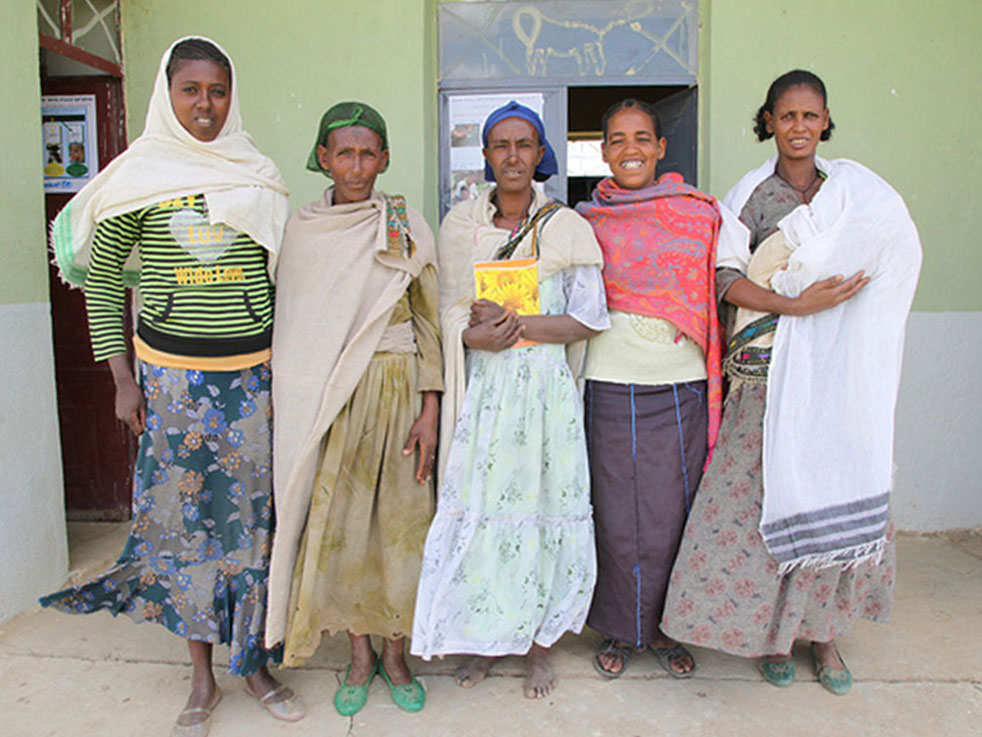Maternal Health Interventions Can Reduce Mortality
By HospiMedica International staff writers
Posted on 22 Dec 2016
A new doctoral thesis provides insights into the effectiveness of local interventions to reduce maternal mortality in Ethiopia, and could provide a strong empirical basis for decision-making by health authorities.Posted on 22 Dec 2016
The thesis, Hagos Godefay, MSc, of Umea University (Sweden) studied current efforts to reduce maternal mortality in northern Ethiopia. The study investigated the level and determinants of maternal mortality in six randomly selected rural districts of Tigray Region. A census of all households in the six districts was conducted to identify all live births and all deaths of women of reproductive age between May 2012 and September 2013. Pregnancy-related deaths were screened through verbal autopsy to estimate Maternal Mortality Ratio (MMR).

Image: Members of the Tigray Women’s Health Development Army (Photo courtesy of Ethiopian Ministry of Health).
To identify independent determinants of maternal mortality, all pregnancy-related deaths were matched geographically. Use of ambulance services was determined retrospectively from logbooks, and trends in pregnancy-related death were analyzed against ambulance utilization, distance from nearest health center, and mobile network coverage at local area level. Lastly, implementation of the Family Folder paper health register, and its potential for accurately capturing demographic and health events, were evaluated using a capture-recapture assessment.
In all, 181 deaths and 19,179 live births were documented during the study period; 51 of the deaths were pregnancy-related. The MMR for Tigray region was calculated at 266 deaths per 100,000 live births. District–level MMRs showed strong inverse correlation with population density. Direct obstetric causes accounted for 61% of all pregnancy–related deaths, with hemorrhage accounting for 34%. Other factors associated with increased risk included low husband or partner involvement during pregnancy, pre-existing history of other illness, and never having used contraceptives.
Importantly, utilization of free ambulance transportation service was strongly associated with reduced MMR at the district level. Districts with above-average ambulance utilization had an MMR of 149 per 100,000, compared with 350 per 100,000 in districts with below average utilization. The Family Folder implementation assessment revealed some inconsistencies in the way health workers utilize the Family Folders to record demographic and health events. The thesis was presented in December 2016 at Umea University.
“We see encouraging results of improved reproductive health and reduced pregnancy-related deaths in the Tigray region. A key reason for this has been the creation of small local women’s groups of volunteers who act as ambassadors for the benefits of utilizing the existing health services,” said thesis author epidemiologist Hagos Godefay. “Creating a conducive environment, where women living in the rural areas can meet and discuss together based on their own agenda, can make a big difference in reducing maternal mortality.”
Related Links:
Umea University














